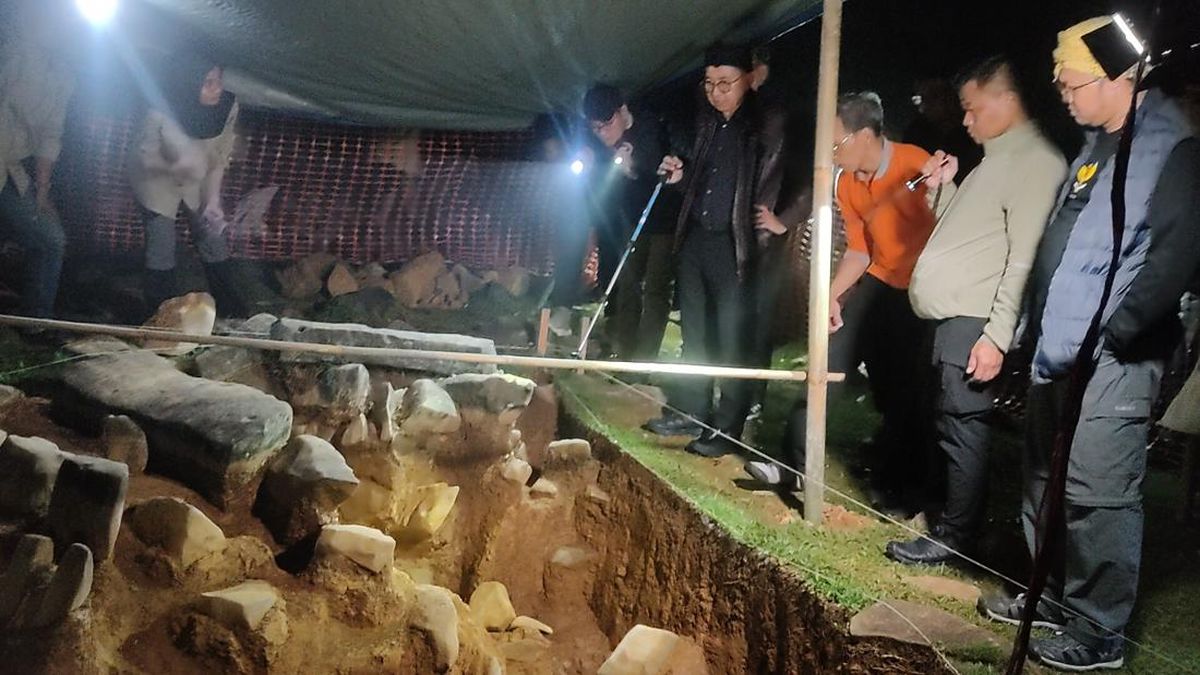An independent review into an overhead wiring failure that crippled Sydney’s train network for days is scathing of the response from authorities, saying it could find “no defensible reason” why it took so long to get passengers off a stranded train.
The analysis – released on Tuesday morning – pinpoints failings in the passenger rail network and is highly critical of the length of time between the incident on May 20 and the network’s recovery two days later, saying it was “far too long”.

The wiring incident triggered a power outage that brought the network to a standstill on May 20.Credit: Wolter Peeters
The latest independent review was commissioned after a single train became entangled in overhead wiring at Homebush, triggering a widespread power outage and crippling most of the passenger train system for 38 hours.
“A confusion about safe rules for detraining in this type of incident occurred even though a 2024 incident at Redfern had posed the same issues,” it said.
“We were also concerned about the lack of care offered to the 300 passengers on that train. No attempt to take their details or follow up if requested was made.”
The review led by transport and infrastructure expert Kerry Schott is the second into Sydney’s heavy rail network in just over two years. A final report from the first review, which was released early last year, made scores of recommendations, including the need for a “fleet support strategy” to resolve poor performance.

Passengers crowd Town Hall station following the power failure at Strathfield on May 20.Credit: Louise Kennerley
The latest Schott report said a disturbing feature on May 20 and the next day was the “absence of effective communications”, noting passengers stuck on the train did not know what was happening.
“We could find no defensible reason why it took so long to detrain the passengers at Homebush,” it found.
The report found that a failure of power at the busy junction in the heavy rail network at Homebush was always going to have a major impact, and the only services that were not severely disrupted were those on the T4 eastern suburbs and Illawarra line.
Loading
“Maintenance activity should be risk-based rather than time-based so it focuses on those areas that are critical, because of their location or function,” it said.
“Other maintenance should be done, but critical assets need extra care.”
The report found the “disturbing shortcoming” in the response to the train incident at Homebush, and evident to the whole city, was “poor communication”.
It also found that a focus on time-based rather than risk-based maintenance was a major contributor to the heightened risk of major failures of the kind experienced in May.
Last week, Premier Chris Minns said a draft version of the review made for “sobering reading”, and the existing heavy rail network needed a “lot of love”.
More to come
Start the day with a summary of the day’s most important and interesting stories, analysis and insights. Sign up for our Morning Edition newsletter.
Most Viewed in National
Loading

















































